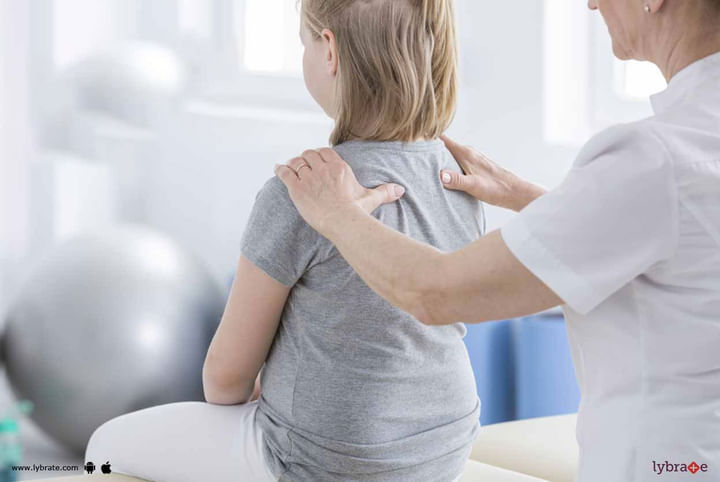Spine Deformity - Everything You Should Know!
Spine deformity refers to an abnormality of the shape, alignment, or formation of the vertebral column. The spine in the human body is composed of small bones or vertebrae, stacked on top of another. A healthy spine, typically, has gentle curvatures. A displacement or exaggeration of the spine leads to deformities.
Types of spine deformities:
The three major forms of spine curvature deformity are-
• Lordosis - Causes the lower back to turn inward
• Kyphosis - Leads to forward rounding of the back
• Scoliosis - Causes the spine to curve sideways
What are the causes of spine deformity?
The following conditions may cause the spine to be misaligned-
• Achondroplasia - A disorder, which impedes the normal growth of the bones, thereby resulting in short stature or dwarfism
• Spondylolisthesis - When the vertebrae in the lower back slip forward
• Osteoporosis - When the vertebrae become fragile and prone to fractures
• Scheuermann’s disease - A developmental disorder of the spine that leads to abnormal growth of the upper back
• Spina bifida - A congenital disorder where the spinal column does not close completely while inside the womb
Symptoms associated with deformed spine:
Signs and symptoms of a deformed spine include-
• Uneven/misalignment of the shoulder and hips
• Uneven shoulder blades (one side is slightly higher than the other)
• Slight bending of the head over the body
• Difficulty in movement
• Discomfort and back pain
How is the condition treated?
The treatment of the condition depends on the severity of your spine deformity. Anti-inflammatory medications and drugs are prescribed to manage pain and discomfort associated with spine deformity/curvature. However, these cannot correct the deformity completely.
Severe cases of spine deformity need another line of treatment.
• Bracing - Back braces are recommended for children and adults alike, depending on the degree of curvature. This can help prevent the condition of your back from worsening.
• Body casting - The doctor places a cast that starts from the shoulders and goes all the way down to the lower trunk. This provides adequate support to the spine and strengthens the back.
• Spinal instrumentation - The surgeon will attach instruments like rods, hooks, and wires to the spine to keep the bones aligned following a spinal fusion.
• Artificial disc replacement - The surgeon replaces degenerated discs in the spine with artificial devices.
• Kyphoplasty - The surgeon inserts a balloon into the spine to stabilize and realign the deformed spine and relieve you from the pain.
Following the treatment, patients with spine deformity are usually advised to go for physiotherapy sessions. Physical therapy and exercise can help you build muscle strength and increase flexibility.
Deformity of the spine is a difficult condition to live with. Not only does it restricts your normal movement but also places you at risk of other musculoskeletal disorders. Therefore, it is imperative that you get the condition treated by a specialist.



+1.svg)
